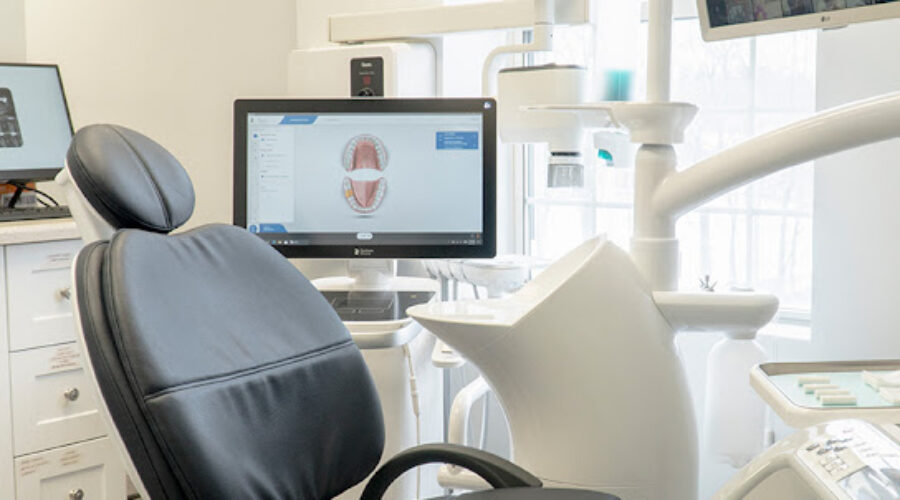The Role of Digital Technology in Modern Dentistry
Introduction
Digital technology has revolutionized many aspects of our lives, and dentistry is no exception. The integration of digital tools and techniques has significantly enhanced diagnostic accuracy, treatment efficiency, and patient experience. This article explores the various ways digital technology is transforming modern dentistry.
Digital Imaging and Diagnostics
- Digital X-rays: Traditional film-based X-rays have largely been replaced by digital X-rays, which provide numerous advantages. Digital X-rays produce clearer images with higher resolution, allowing for better diagnosis and treatment planning. They also expose patients to significantly less radiation.
- Cone Beam Computed Tomography (CBCT): CBCT is a specialized type of X-ray that provides 3D images of the teeth, soft tissues, nerve pathways, and bone. This technology is particularly useful in complex cases such as dental implants, orthodontics, and endodontics, offering detailed insights that traditional X-rays cannot.
- Intraoral Cameras: Intraoral cameras are small, pen-like devices that take high-resolution images of the inside of a patient’s mouth. These images can be displayed on a screen in real-time, allowing dentists to show patients exactly what they see and explain the needed treatments more effectively.
Computer-Aided Design and Manufacturing (CAD/CAM)
- Digital Impressions: Traditional dental impressions can be uncomfortable and imprecise. Digital impressions, captured with intraoral scanners, are quicker, more comfortable, and more accurate. They create detailed 3D models of the teeth and gums, which are used to design and fabricate restorations.
- Same-Day Crowns: CAD/CAM technology enables the creation of dental crowns, veneers, inlays, and onlays in a single visit. Using digital impressions, the dentist designs the restoration on a computer, which is then milled from a block of ceramic or composite resin in the office. This eliminates the need for temporary restorations and multiple appointments.
Orthodontics
- Clear Aligners: Traditional braces are increasingly being replaced by clear aligners, such as Invisalign. These aligners are designed using digital scans and 3D printing, offering a more comfortable and aesthetically pleasing alternative to metal braces. Patients can see a digital simulation of their treatment plan and expected results before starting.
- Virtual Orthodontic Monitoring: Digital technology allows for remote monitoring of orthodontic treatments. Patients can submit photos or scans of their teeth through an app, and orthodontists can track progress and make adjustments without requiring frequent in-office visits.
Implant Dentistry
- Digital Planning and Guided Surgery: Dental implants benefit greatly from digital technology. CBCT scans and specialized software are used to plan the precise placement of implants, taking into account the patient’s anatomy and the desired prosthetic outcome. Surgical guides, created using 3D printing, ensure accurate and minimally invasive implant placement.
- Immediate Load Implants: Advances in digital technology have enabled the development of immediate load implants, which allow for the placement of a temporary crown or bridge on the same day as the implant surgery. This reduces the treatment time and improves patient satisfaction.
Patient Experience and Education
- Virtual Consultations: Tele-dentistry platforms enable patients to have virtual consultations with their dentists. This is particularly beneficial for initial consultations, follow-ups, and for patients living in remote areas.
- Patient Education: Digital tools such as interactive models, videos, and augmented reality applications help patients understand their dental conditions and the proposed treatments. Educated patients are more likely to comply with treatment plans and maintain good oral health.
Conclusion
Digital technology has fundamentally changed the landscape of dentistry, making treatments faster, more accurate, and more comfortable for patients. As these technologies continue to evolve, the potential for further advancements in dental care is immense. Embracing digital dentistry not only enhances clinical outcomes but also significantly improves the patient experience, marking a new era in dental care.

